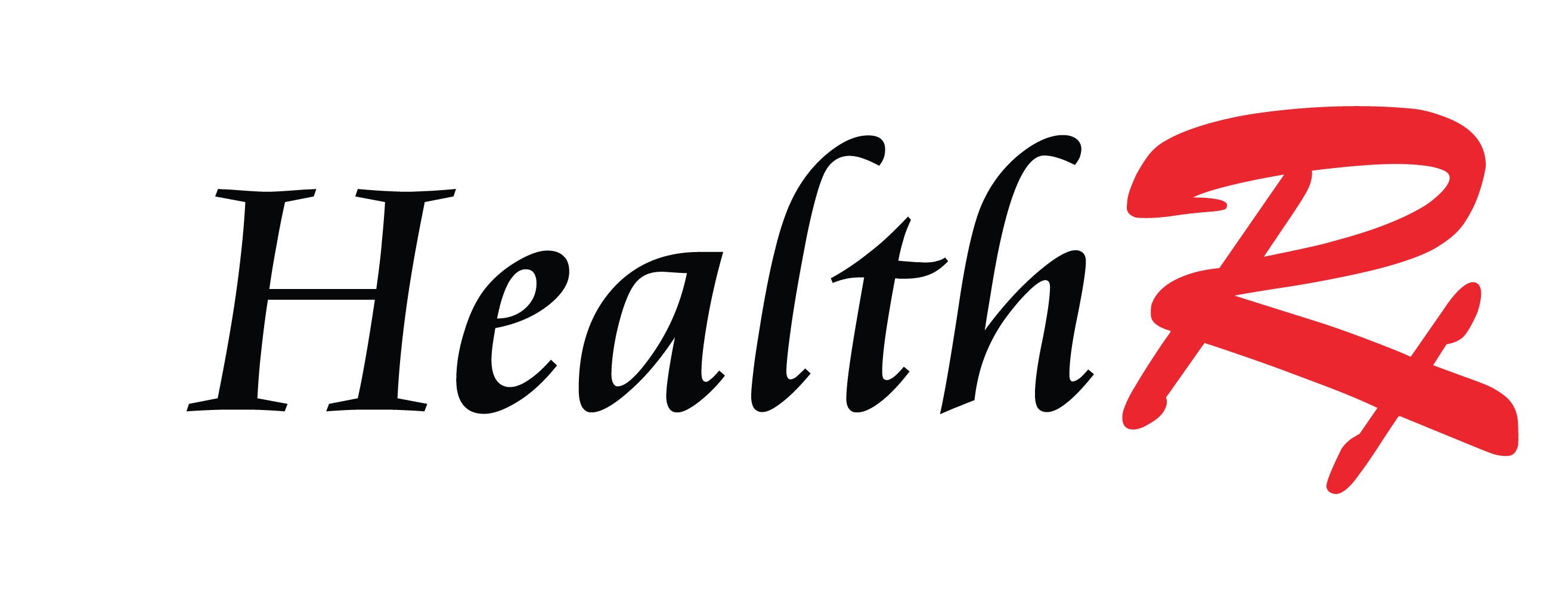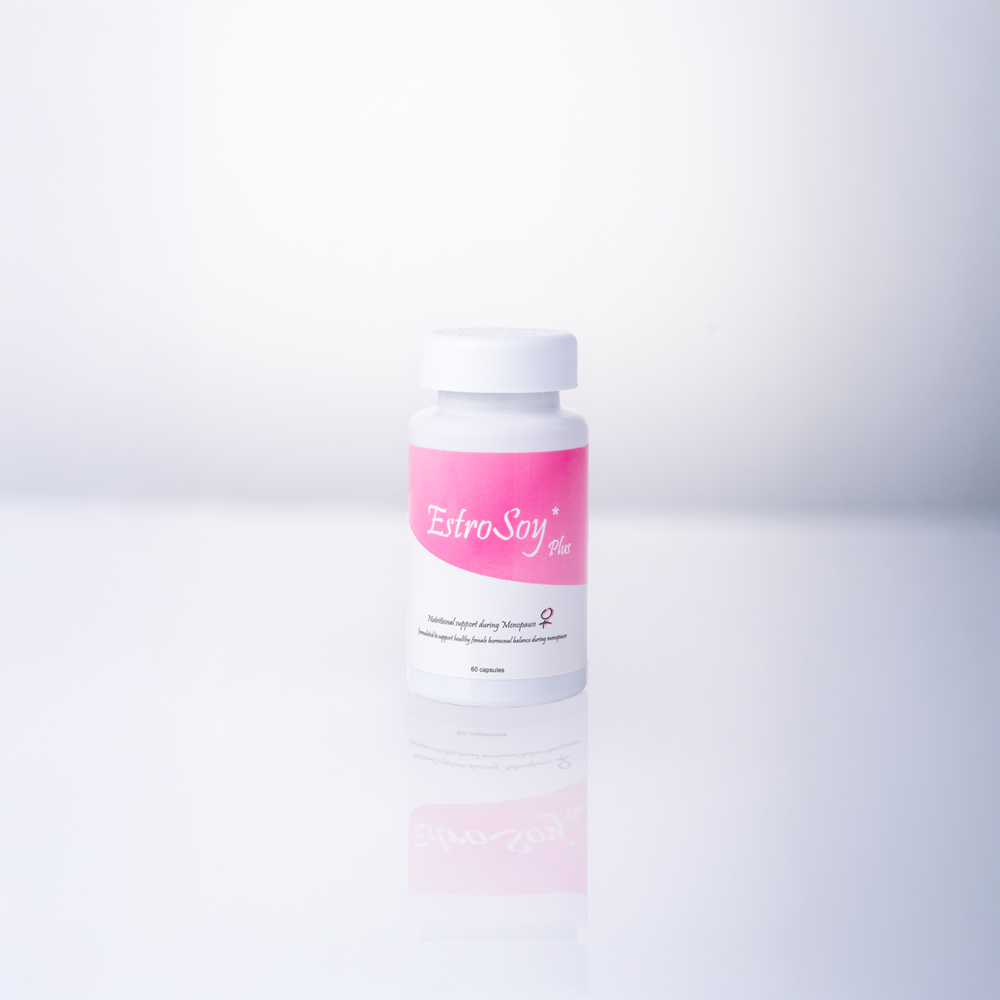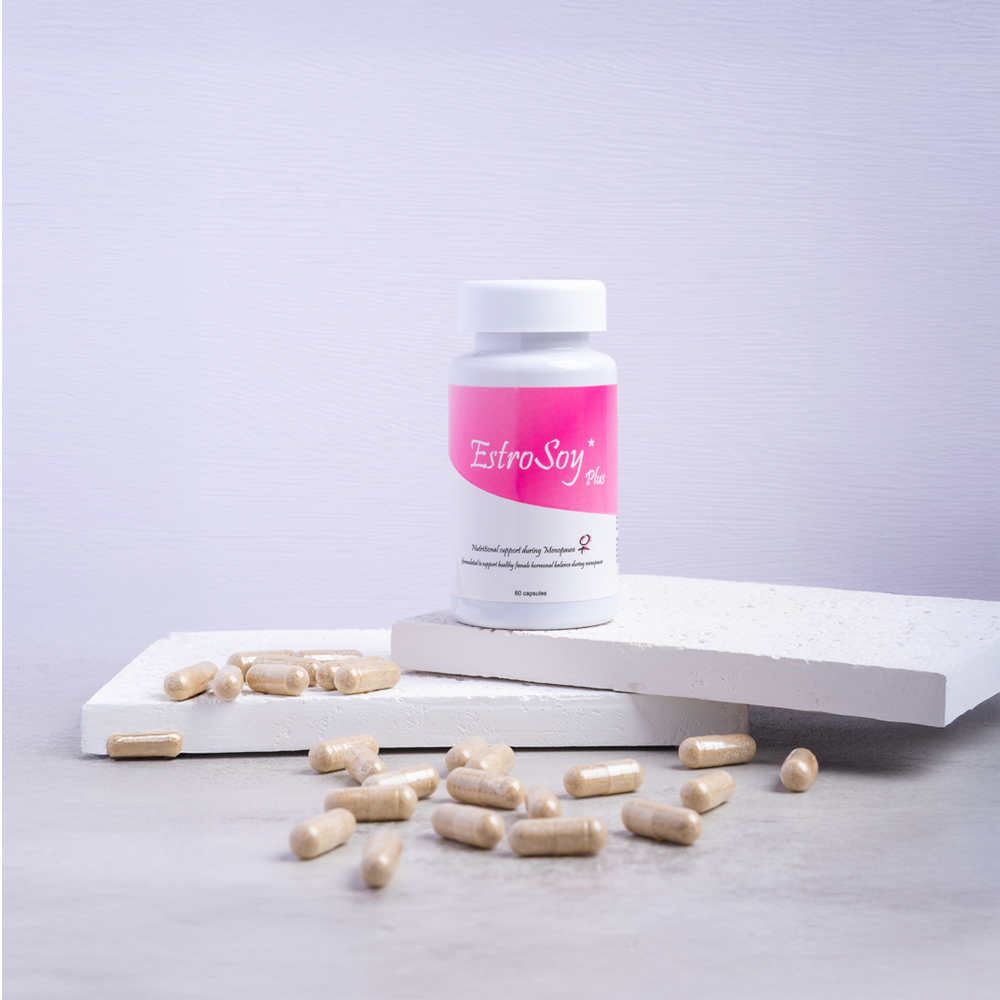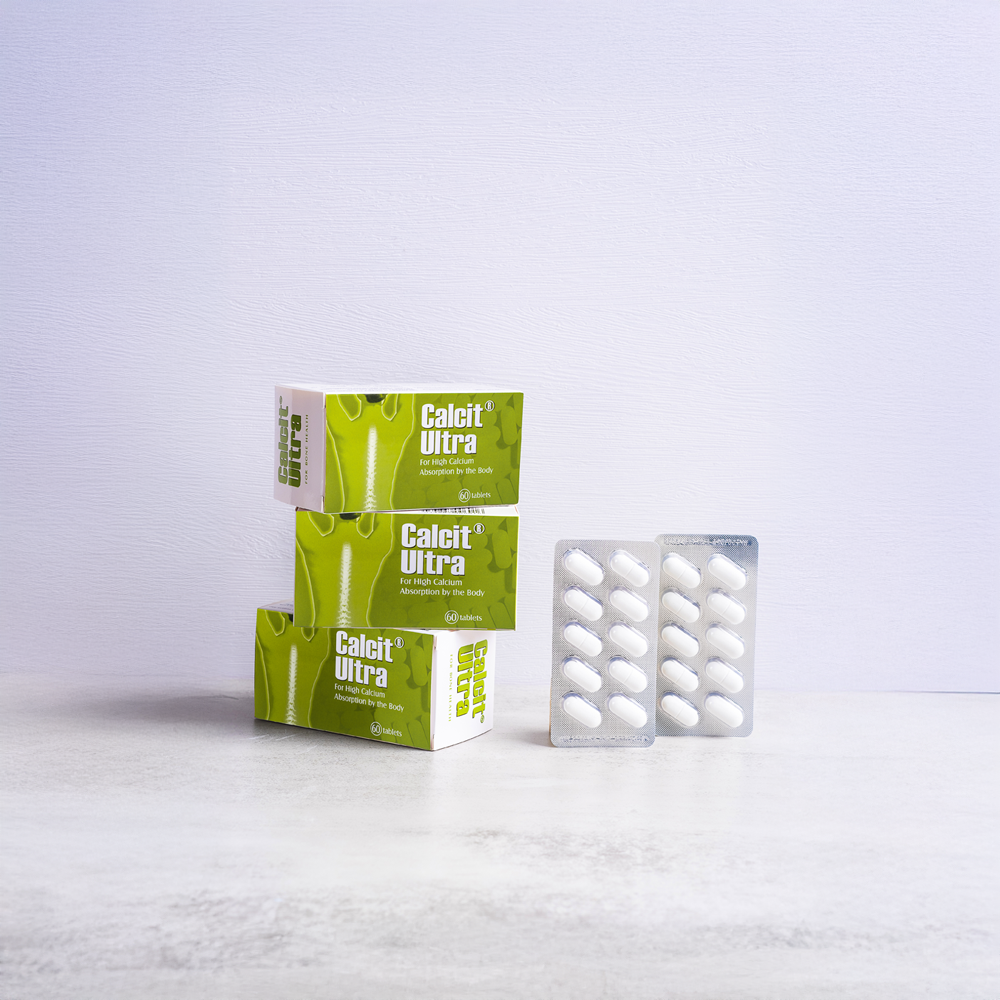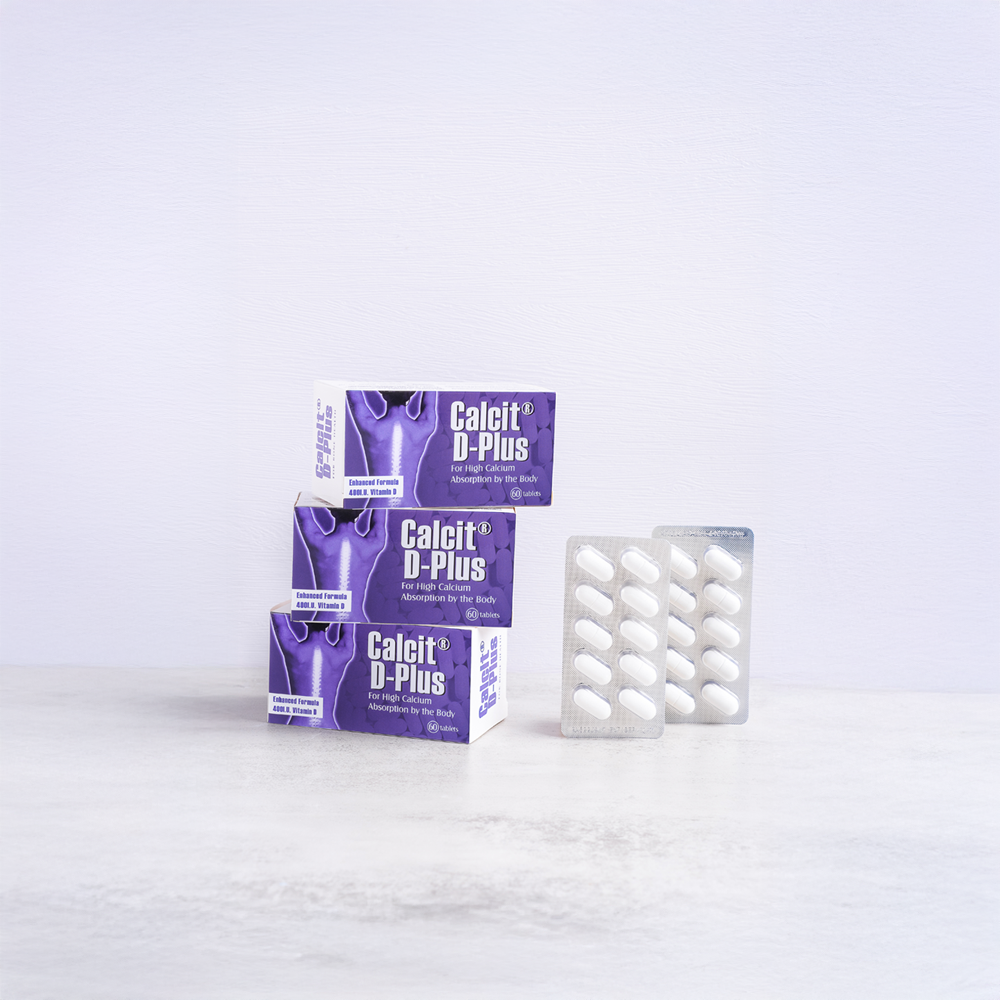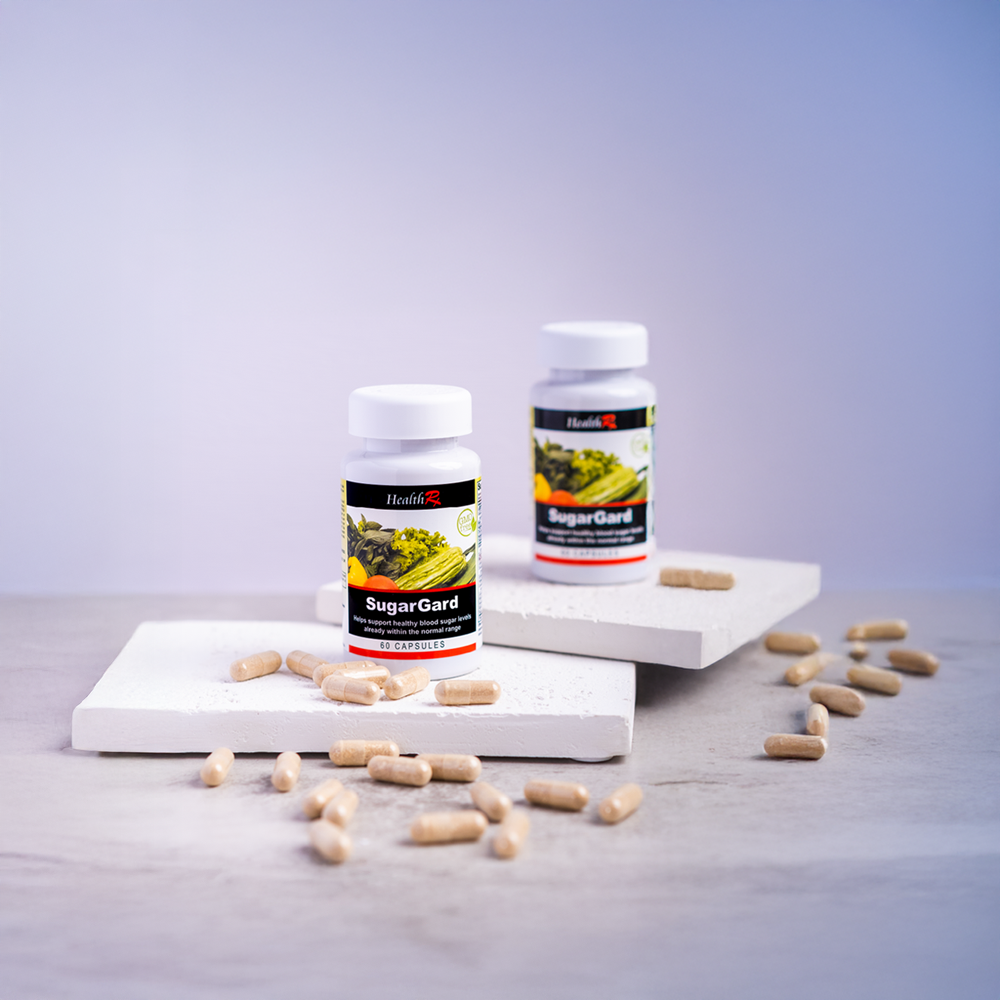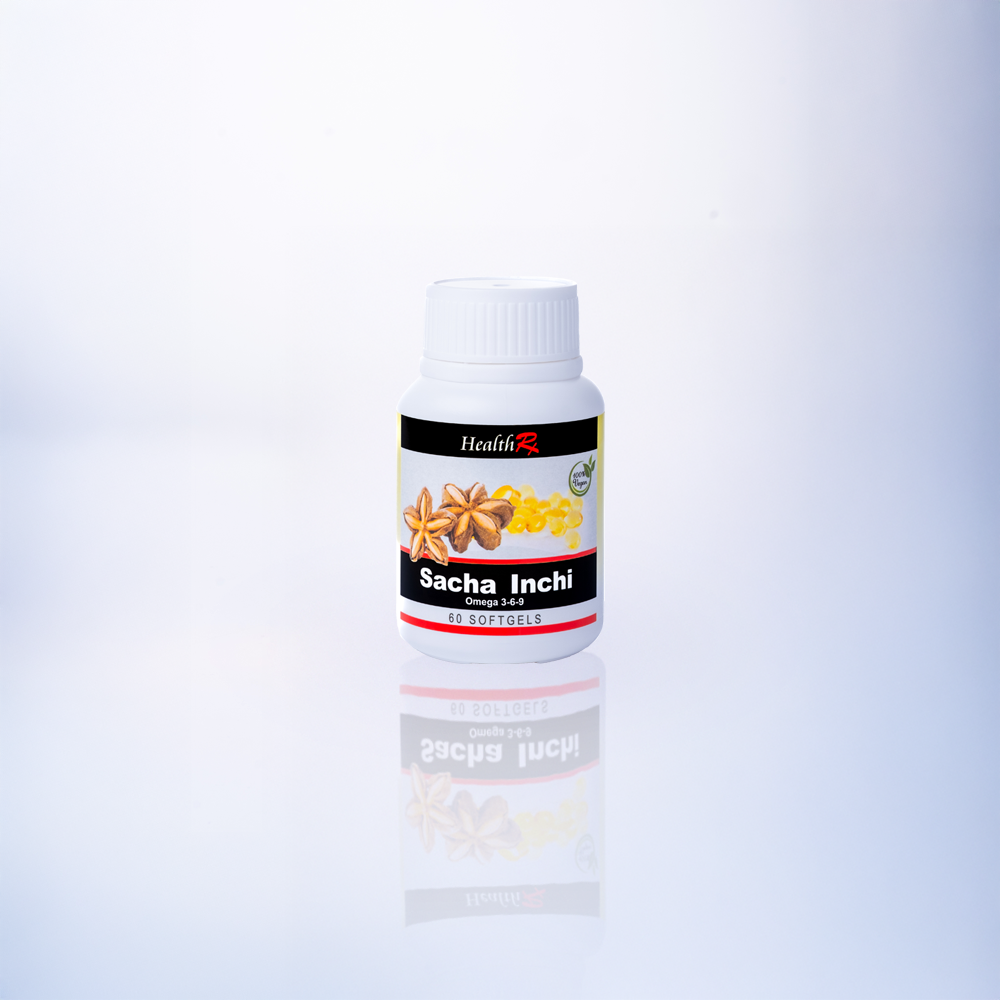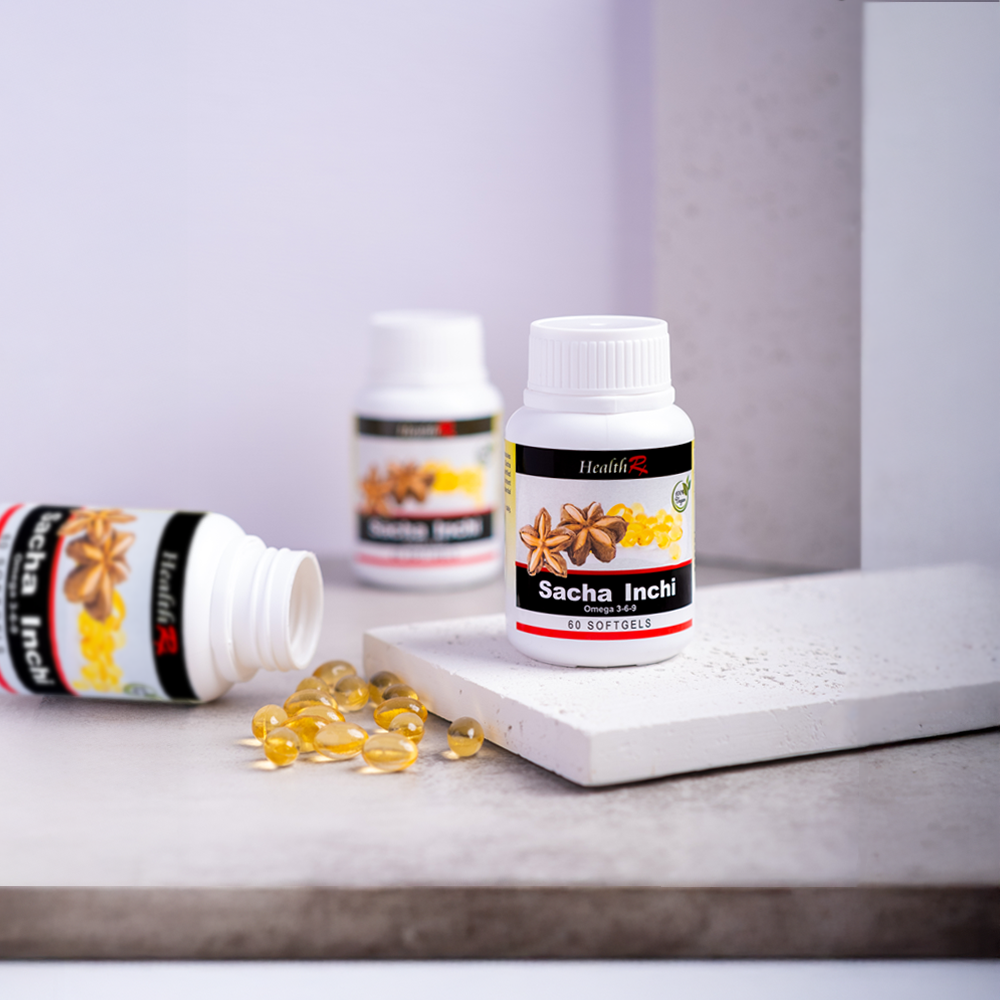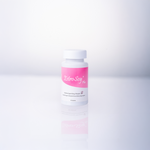
Estrosoy Plus Cap 60s
Estimated delivery between October 30 and November 03.
Amount per serving (Serving Size: 2 capsules)
Soy isoflavones 30mg, Cimicifuga racemosa 160mg, Angelica sinensis 150mg, Glycyrrhiza Root 150mg, Trifolium pratense 400mg, Salvia officinalis Leaf 200mg, Vitex agnus-castus 50mg, Cnicus benedictus 50mg, Rubus idaeus 50mg, Dioscorea villosa Root 15mg, trans-Resveratrol 1mg (from Polygonum cuspidatum root extract)
Suggested Use:
2 capsules daily, preferably with meals
Phytoestrogens are compounds found in plants and they have a similar chemical structure to estrogen, a hormone that plays a crucial role in women.
Common types of phytoestrogens include isoflavones (found in soy). Some studies suggest that phytoestrogens may help alleviate menopausal symptoms like hot flashes and vaginal dryness. They may play a role in bone health, potentially reducing the risk of osteoporosis. Some research indicates that phytoestrogens may have beneficial effects on cardiovascular health.
Menopause is when periods stop for good. It's diagnosed after 12 months without a menstrual period, vaginal bleeding or spotting. Menopause can happen in the 40s or 50s.
Menopause is natural. But the physical symptoms, such as hot flashes, and emotional symptoms of menopause may disrupt sleep, lower energy or affect mood. There are many treatments, from lifestyle changes to hormone therapy.
KEY INGREDIENTS

Soy Isoflavones
Soy (Glycine max) comes from soybeans. Soy contains isoflavones which are changed in the body to phytoestrogens.
Phytoestrogen molecules are similar in chemical structure to the hormone estrogen. In some cases, these phytoestrogens can mimic the effects of estrogen. In other cases, these phytoestrogens can block the effects of estrogen.
Soy is used for high cholesterol,high blood pressure, heart disease, diabetes,symptoms of menopause, and premenstrual syndrome(PMS).

Vitex Agnus-castus
Vitex agnus-castus, or "chaste tree," is a shrub native to the Mediterranean and Asia.
It is commonly used for conditions related to the menstrual cycle such as breast pain and premenstrual syndrome(PMS). Taken orally, vitex agnus-castus decreases some symptoms of PMS, especially breast pain or tenderness, moodiness, anxiety, anger, and headache.

Trifolium Pratense (Red Clover)
Red clover contains chemicals called phytoestrogens that are similar to the hormone estrogen.
Some studies show that red clover extract can reduce the frequency and severity of hot flashes.

Cimicifuga Racemosa (Black Cohosh)
Black cohosh has been used for centuries, particularly by Native Americans, to treat menstrual irregularities and menopausal symptoms.
Some studies indicate that black cohosh can reduce the frequency and severity of hot flashes and night sweats. It may also help with other menopausal symptoms like mood swings, irritability, and sleep disturbances.

Angelica Sinensis (Dong Quai)
Angelica Sinensis, also known as Dong Quai, is a Chinese herb traditionally used to address women's health issues, including menopausal symptoms, and is sometimes called "female ginseng".

Salvia Officinalis (Sage)
Sage might help with chemical imbalances in the brain that cause problems with memory and thinking skills.
It might also change how the body uses insulinand sugar.
People commonly use sage for memory and thinking skills, high cholesterol, and symptoms of menopause.

Rubus Idaus (Red Raspberry)
Rubus idaeus, commonly known asred raspberry, has been traditionally used for various ailments, including menstrual cramps, and may offer some benefits during menopause
Some research suggests that red raspberry may have phytoestrogenic properties. Red raspberries are rich in antioxidants, which can help combat the effects of free radicals and potentially reduce the risk of certain health problems associated with menopause.

Polygonum Cuspidatum
Polygonum cuspidatum, also known as Japanese knotweed, contains resveratrol, a compound with potential estrogenic and cardioprotective effects, and has been traditionally used in Asian medicine to address various ailments, including those related to menopause.

Glycyrrhiza Root (Licorice Root)
Some studies suggest licorice root can reduce the frequency and severity of hot flashes, a common symptom of menopause.
Licorice root contains compounds that may interact with estrogen receptors, potentially modulating estrogen levels and alleviating menopausal symptoms.

Dioscorea Villosa (Wild Yam)
Wild yam is a plant that has been promoted as natural DHEA because it contains diosgenin, which can be used in the lab to create estrogenand DHEA.
People most commonly use wild yam as a "natural alterative" to estrogen therapy for symptoms of menopause, infertility, menstrual problems, and many other conditions,

Cnicus Benedictus (Blessed Thistle)
Blessed thistle is traditionally used to alleviate painful menstruation and menstrual headaches.

